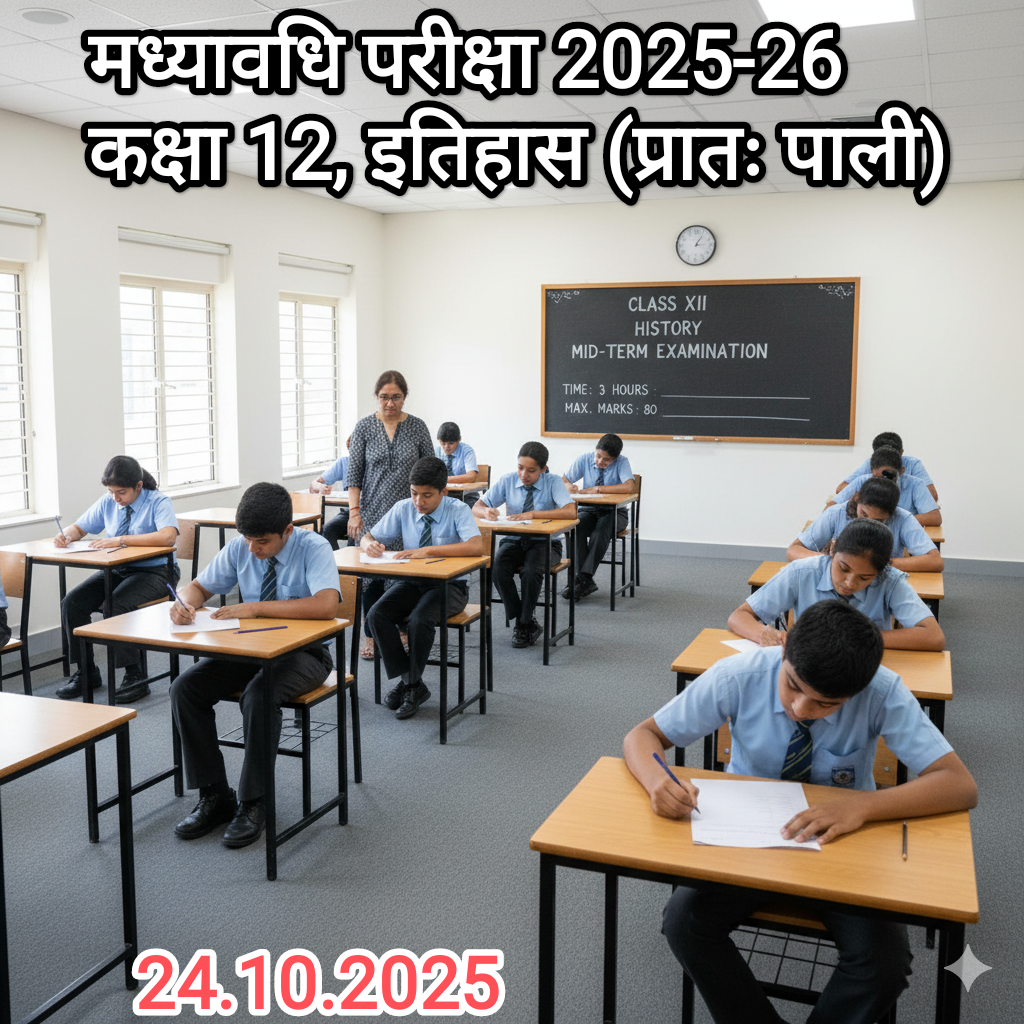Q1. Explain the main features of Harappan town planning.
Ans:
• Streets followed a grid pattern and intersected at right angles.
• Town was divided into Citadel (western part) and Lower Town (eastern part).
• Buildings were made with standardized burnt bricks.
Q2. Describe the drainage system of the Harappan civilization.
Ans:
• Covered drains ran along the main roads.
• House drains were connected to street drains.
• Inspection holes were provided for maintenance.
Q3. What do we know about Harappan agriculture and food habits?
Ans:
• Crops included wheat, barley, peas, sesame, and cotton.
• Evidence of ploughed fields was found at Kalibangan.
• People ate cereals, fruits, meat, and dairy products.
Q4. Mention three important features of Harappan trade.
Ans:
• They traded locally and with distant regions like Mesopotamia.
• Items like beads, pottery, and metals were exported.
• Used standardized weights and measures; Lothal had a dockyard.
Q5. Why is the Harappan script difficult to decipher?
Ans:
• The inscriptions are very short, with only 5–26 signs.
• No bilingual inscriptions have been found.
• The script’s language family is unknown.
Q6. What were the burial practices in the Harappan civilization?
Ans:
• Practices included extended burials, urn burials, and secondary burials.
• Graves included pottery, ornaments, and tools.
• These show belief in an afterlife.
Q7. List three items used by the Harappans in their crafts.
Ans:
• Beads made from carnelian, faience, and shells.
• Seals carved from steatite with animal motifs.
• Painted pottery and bronze tools.
Q8. What was the importance of seals in the Harappan civilization?
Ans:
• Used for identifying goods and ownership.
• Pressed onto clay sealings for trade.
• Contained animal figures and script signs.
Q9. How were Harappan seals and sealings used to facilitate long-distance communication?
Ans:
• Seals were tied to goods in transit and pressed on clay.
• They identified the sender and protected the contents.
• Helped in trade by acting like modern tags.
Q10. Who was A.C. Cunningham? What was his contribution to Harappan archaeology?
Ans:
• He was the first Director-General of the Archaeological Survey of India.
• Focused on text-based archaeology and ignored Harappan sites.
• Used travel records to locate ancient sites.
Q11. Who was R.E.M. Wheeler? Mention one archaeological contribution he made.
Ans:
• R.E.M. Wheeler was a British archaeologist and Director General of ASI.
• Introduced stratigraphy and grid excavation methods.
• Helped identify military structures at Harappa.
Q12. What are the raw materials required for Harappan craft production?
Ans:
• Copper, gold, lapis lazuli, carnelian, steatite, and shells were used.
• Sources: Gujarat (carnelian), Afghanistan (lapis), coastal areas (shells).
• Collected via local sources and long-distance trade.







